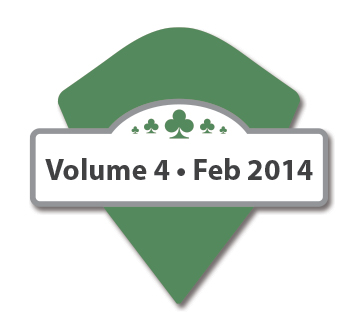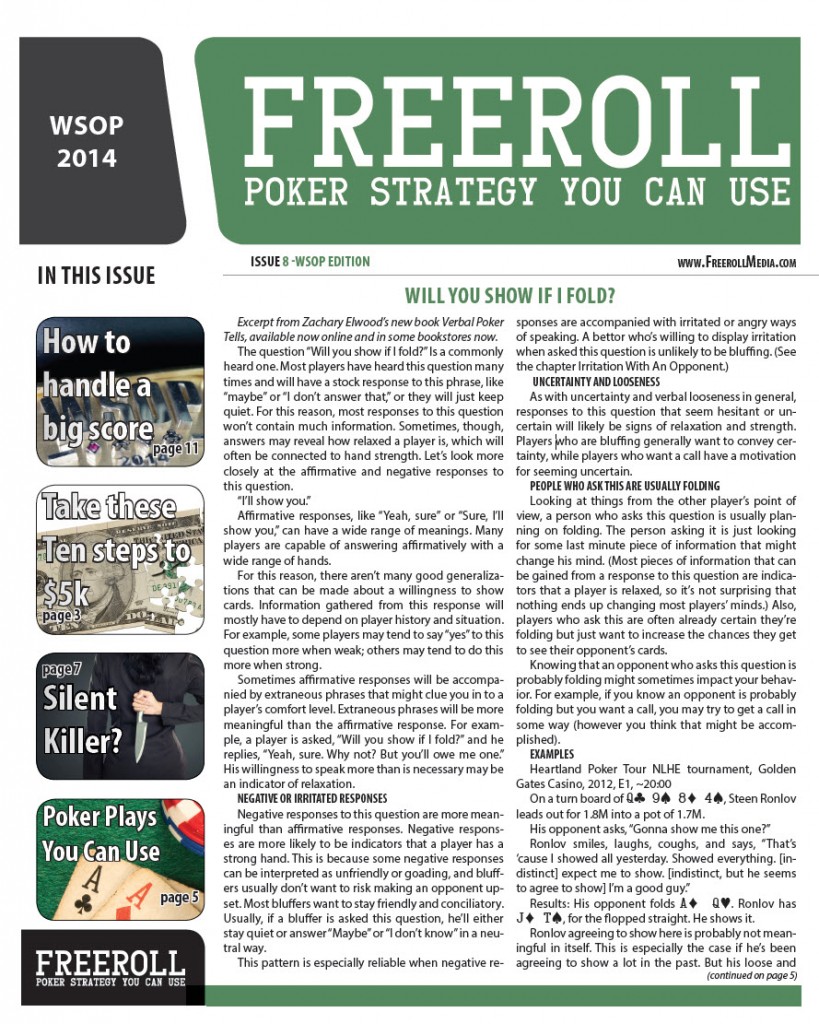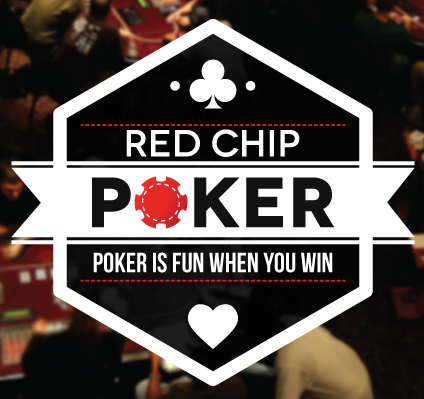Poker Is A Skill: How To Stop Losing, Part 3
- By Paul Hoppe
- February 20, 2014
- Comments Off on Poker Is A Skill: How To Stop Losing, Part 3
When I was just getting started in poker, I was always asking myself, “Does he have it?” If I had some hand that was strong enough to beat a bluff but not a good hand, I would try to decide whether my opponent had a strong hand or was bluffing this time.
It was a binary scenario. He either had “it,” or didn’t have “it.” Sometimes this “it” would be a particular hand, like the nuts. Other times it might be a type of hand, like a flush. The point is that I would try to figure out whether my opponent was or wasn’t bluffing in this particular hand.
It took me the better part of a decade to learn that I had it all wrong. I should never have been trying to put my opponent on a specific hand. However, that is what most beginning players do, and even a good number of decent players.
A much better way to approach the game is to put your opponent on a range of hands. Consider all of the actions the player has taken to this point in the hand, and come up with all of the hands this player might play this way. This collection of hands, along with their associated frequencies, is referred to as a distribution, or a range.
How do I put an opponent on a range?
The simplest way is to start at the beginning of a hand and consider your opponent’s first action. Which hands would they raise or call with? In Hold ‘em, you begin with the preflop action. With each subsequent action, you must further refine that range, subtracting hands that your opponent would not play this way. On occasion, an action late in a hand will force you to reconsider earlier actions to see if you’ve misjudged your opponent’s earlier range.
I think I get it, but can you give me an example?
Let’s say your opponent is a tight and aggressive player sitting three seats off the button. He’s the first to enter the pot and makes a normal-sized raise. What is his range of hands?
You will rarely have a precise answer to this question. What you can do is make an educated guess. We’ve established that this player is tight and aggressive. So he’ll be raising most or all of the hands he plays, but he’ll also be folding all of the bad hands he’s dealt. Let’s say he raises all pocket pairs, all suited broadway hands (any two cards ten or higher), ace-king and ace-queen offsuit. This is about 10.7% of all the hands he could have been dealt. So we’ve narrowed his range down from any two cards to about 11% of the possible hands.
You call on the button, and everyone else folds. For the purposes of this example, I’m not going to tell you what your cards are. I want you to focus on your opponent’s range. The flop comes out 7h4d2c. That’s a nothing flop. Your opponent bets about two-thirds of the pot. What’s his range?
If this opponent were a very meek player, we could say that his range consists mostly of sets and overpairs. He would likely check his whiffed overcards and underpairs. But this is not a meek player. He’s an aggressive one. So it’s very likely that he’ll bet his entire preflop range on this flop. In other words, he’s still got that range of pocket pairs, suited broadways, and big aces. The unpaired preflop hands are all overcards now. The paired hands can be divided into sets (sevens, fours, and twos), overpairs (nines and higher), and underpairs (sixes, fives, and threes).
You call the flop bet and the turn is the Ts. Your opponent checks. What is his range?
If your opponent is straightforward and aggressive, then you can remove sets and big pairs from his range. He surely would have bet those hands for value. If he likes to bluff a ton, then you might remove some of the overcards from his range. A player like that would often bet his strongest and weakest hands while checking hands of middle strength. So that guy would probably have an underpair in this situation. You might say his range is pocket threes, fives, sixes, eights, and nines. You could also say that he has some hands like ace-king, ace-queen, maybe even jack-ten still in his range when he checks. A less bluff-happy player would still have more hands like king-queen, king-jack, and queen-jack in his range. Let’s say our villain in this hand is of the latter sort.
You check the turn, and the river is the Ad. Your opponent now makes a large bet. This is the sort of situation where you would say that your opponent’s range is polarized. This large river bet after the turn check indicates either a very strong hand (like a set, ace-ten for top two pair, or maybe ace-king for top-pair/top-kicker) or a bluff (king-queen, king-jack, queen-jack). It’s also possible that your opponent has a small pair that he’s turning into a bluff.
So that’s his range. But does he have it?
If you’re playing in a live game, it’s possible that your opponent is exhibiting some tells that allow you to weight his range towards the strong hands or bluffs. But be careful with that. Don’t allow a tell to override all of the other evidence unless you’re extremely confident in your ability to read people.
The question you should be asking is not “Does he have it?” but rather “How often does he have it?” If you have a bluff catcher in this spot and we assume the range of ace-ten, ace-king, and air (KQ/KJ/QJ), then we simply need to figure out how often he has a strong hand compared to how often he has air. There are only two ways to make ace-ten suited here (hearts and clubs), and there are twelve ways to make ace-king (there are three aces remaining and four kings: 3×4=12; we’ll get deeper into these combinatorics in future installments). There are also four suits each for king-queen, king-jack, and queen-jack. So that’s twelve potential bluffing combinations.
So does this player’s range consist of fourteen value combos and twelve bluff combos?
Not necessarily. If we decide this player would always play these particular hands in this particular fashion without fail, then yes. That would make it easy to call a big bet on the river. We would win the pot often enough to make a call very profitable. (More on pot odds in Part 4.)
But sometimes we want to weight the combos unequally. Perhaps we think this guy will bluff only half the time with his whiffed broadways. After all, we decided he would never bluff with them on the turn. Now we’re looking at 14 value combos and 6 bluff combos. If that’s the case, we cannot call a pot-sized bet. We don’t have the odds. Let’s not get too deep into that question, though. For now, let’s focus on the moral of this story: Every time your opponent takes an action, put him on a range of hands.



